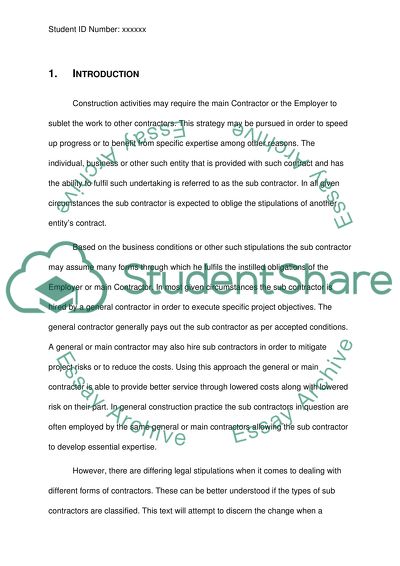Cite this document
(“Construction Law and Dispute Resolution in the Firm Essay”, n.d.)
Retrieved from https://studentshare.org/law/1444963-subcontractor
Retrieved from https://studentshare.org/law/1444963-subcontractor
(Construction Law and Dispute Resolution in the Firm Essay)
https://studentshare.org/law/1444963-subcontractor.
https://studentshare.org/law/1444963-subcontractor.
“Construction Law and Dispute Resolution in the Firm Essay”, n.d. https://studentshare.org/law/1444963-subcontractor.


